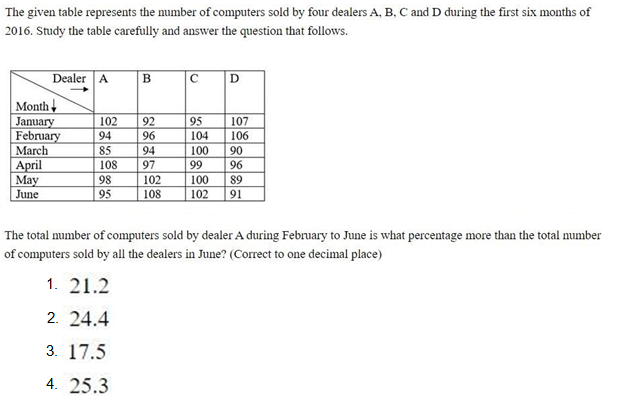Question
Which of the following is NOT true about binary search ?
Solution
Binary search is an efficient searching algorithm designed to find an element in a sorted array. Its time complexity in the worst case is O(logn), not O(n), making option 2 incorrect. The process involves dividing the search space into two halves after every comparison. Binary search operates under the condition that the array is sorted. If not, it leads to undefined behavior or incorrect results. Option 1 is correct because the algorithm strictly requires a sorted array. The halving of the search space ensures logarithmic complexity, and this property is central to binary search, making option 3 valid. Binary search can be implemented both iteratively and recursively, which provides flexibility in practical applications, making option 4 correct. Additionally, the algorithm can handle various data types, including strings, as long as the data is comparable, confirming the correctness of option 5. The claim in option 2, that the time complexity is O(n), reflects a misunderstanding of how binary search reduces the problem size. O(n) is the complexity of linear search, which scans every element. Binary search leverages the sorted nature of data to skip unnecessary comparisons, making it much faster. Even in the worst case, where the element might not exist, the logarithmic reduction persists. Why Other Options Are Incorrect? 1. Requires a sorted array: True, as binary search is based on comparisons against the middle element in a sorted order. Unsorted arrays invalidate the algorithm's assumptions. 2.Halves search space after each comparison: Accurate. This halving mechanism is the foundation of binary search, reducing complexity to O(logn). 3. Implemented using recursion or iteration: Correct, as both methods achieve the same goal with slight differences in implementation details. 4. Works for numerical and string data: Valid, as long as the data has a natural ordering or a comparator function is defined.
The number of students passed in college A is what percent (approximately) the number of student passed in college C? (During all the given year)
Find the ratio between the number of children visiting Buxa Tiger Reserve and Betla National Park together.
What is the average number of women visiting all the Parks together?
The total number of children visiting Kanha National Park is approximately what percent of number of children visiting Indravati National Park?
What was the ratio of the total number of students passed and failed in college C (during all the given years?

If the number of cars produced by Company P increased by 20% in 2023 compared to 2022, how many cars would be produced by Company P in 2023?
In 2021, what is the difference between the number of cars exported by Company P and Company R ?
What is the difference between the total number of orders who were not delivered by Jabong and Myntra together and that of who were not delivered by Fl...
What is the approximate average number of students failed in college C in during all the given year?


